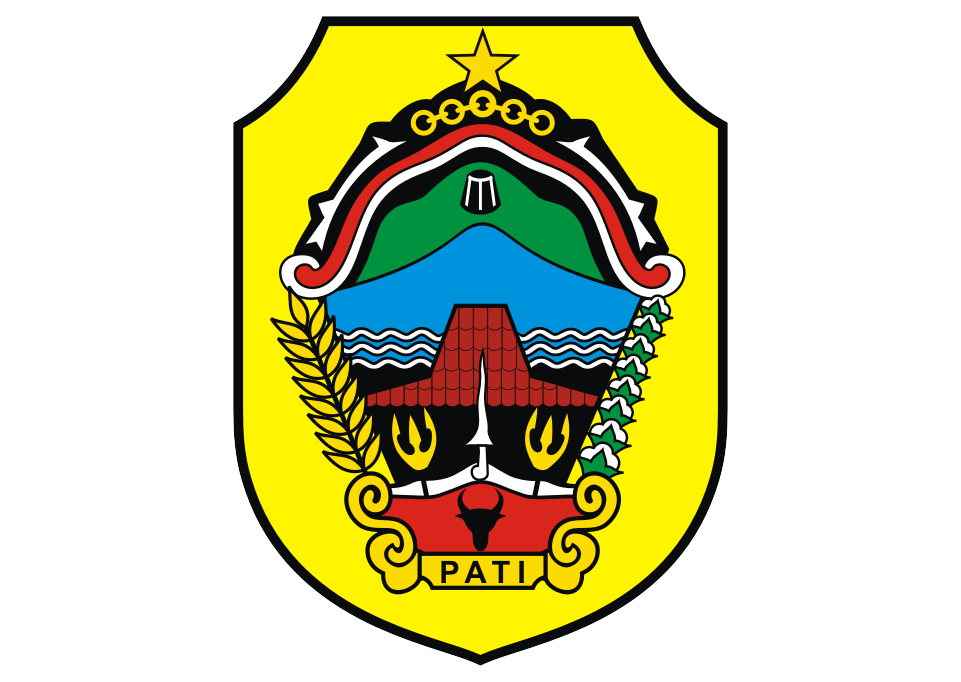Riset
- 2023
Life Cycle Analysis on Pesticide Exposure and Residues in the Environment of Brebes County Shallot Farms and Farmers
Penulis: Tri Joko, Onny Setiani, Mursid Rahardjo, Intan Sekar Arumdani
Email: [email protected]
Link: https://www.jeeng.net/pdf-157424-85506?filename=Life%20Cycle%20Analysis%20on.pdf
Bidang: Lingkungan Hidup
Publikasi: Jurnal
Pesticides are at risk due to their toxic properties in humans as well as impact on the environment and ecosystems. Indonesia has 1,336 formulations and 402 pesticide ingredients registered to control pests in various commodity fields. The negative effects of synthetic chemical pesticides are resistance, resurgence, second pest blasting, and environmental degradation. Pesticide residues on the soil and agricultural products can cause bioaccumulation and biomagnification processes. The biomagnification process can cause exposure to pesticides that enter the human body to a greater degree than the residues found in the environment. Therefore, it is necessary to research the life
cycle analysis of exposure and pesticide residues in agricultural environments. This study is an observational study with a cross-sectional design. The sample in this study was 120 respondents. This research was conducted in the Wanasari subdistrict, Brebes regency. Wanasari subdistrict is the largest shallot-producing centre in Brebes regency (26%). The shallot harvest area in Wanasari district is 6,598 ha. The life cycle analysis (LCA) results of shallot farming include five stages: soil maturation, planting seedlings, fertilizing, applying pesticides, and harvesting. The emissions in shallot farming activities come from diesel fuel, pesticides, and NPK fertilizers. Chlorpyrifos pesticide
residues were found with an average level of 0.6451 ppm in 9 villages in Wanasari district.


